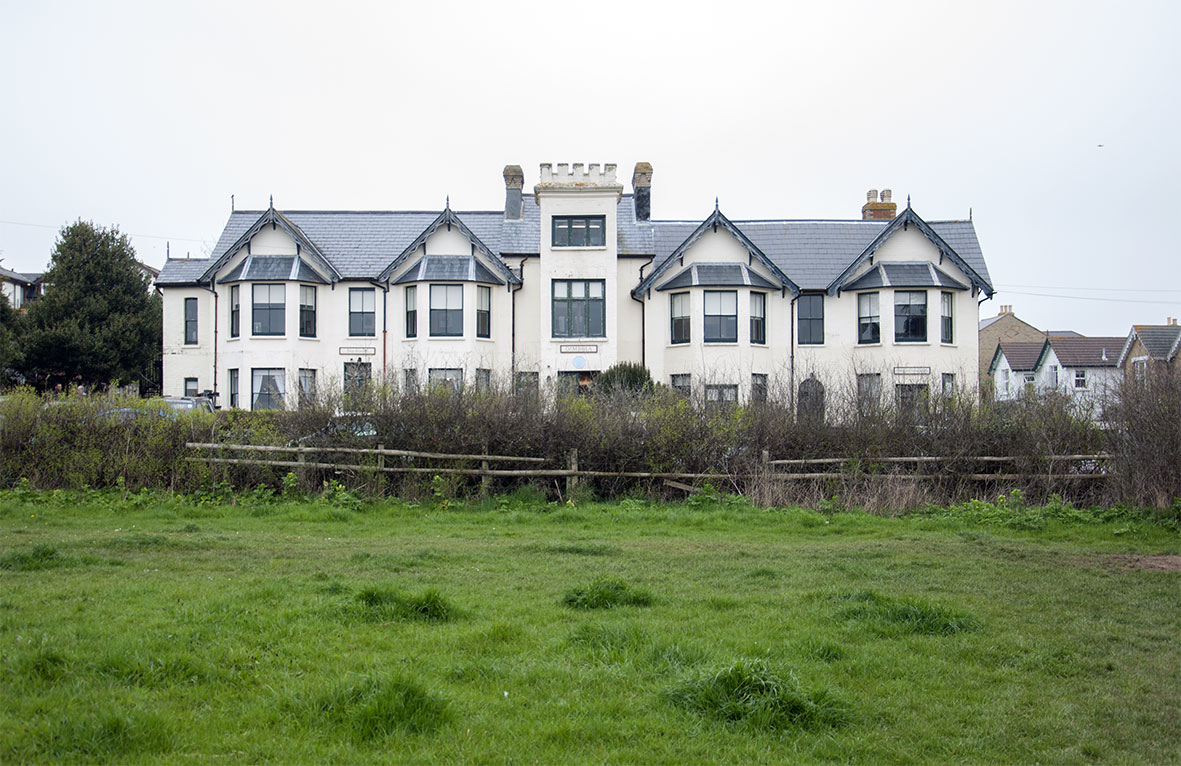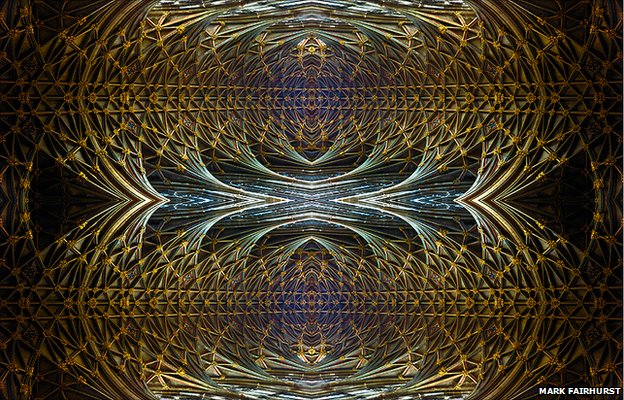2 weeks’ holiday on Hayling Island in April afforded me the first opportunity to go and visit Julia Margaret Cameron’s home on the Isle of Wight. Named Dimbola Lodge after Dimbula in Sri Lanka, where her husband’s business in tea and coffee plantations had taken her in the 1840s, Dimbola was her family home from 1860-1875. By all accounts, the home became her abundantly creative domain for family and photography, and it was here that she turned her chicken house into a studio for her wet plate processing (not preserved today at the site) – a time-consuming and dextrous version of photography, in which the tasks of arranging and sitting her subjects for portraiture were further extended by glass plate developing and then positive print production. In the 1860s especially, she devoted herself to this work, saying to a would-be reviewer,
I work with more zeal and rapidity than can be supposed, and this I can illustrate to you when I tell you that I took last week 35 life-sized Portraits and printed 62 in 5 days time and I work without any assistance printing my own prints – varnishing my own glasses – continuing till 2am & recommencing at 7am.
[“A letter by Julia Margaret Cameron”, Graham Smith and Mike Weaver, History of Photography 27:1 (2003), p.66]

Visiting it today, and indeed with the label ‘museum’, I found it hard to recover the vitality and energy of her story in this place. The building is somewhat tired in places, accommodating enough for tourist pilgrims needing a tea-room stop but somehow missing the dynamism of, say, Lacock Abbey as Fox Talbot’s home. Of course it is much smaller – a gentleman with a country seat (and the National Trust’s later patronage) is not the same as a society lady married into a shrinking colonial business. I found myself asking whether this effect of geographical and historical ‘outposting’ is something to do with the way UK heritage is set up to receive and commend the efforts of patriarchal success, but not matriarchal success. The museum has some wonderful prints to show, but it also gives us Cameron’s bedroom in a flurry of Victorianised domesticity with inordinate attention to furnishings (which are also proudly announced as speculative), while in the same breath elevating a roll call of those more esteemed figures with whom she was associated.
It is the creep again of the fine art vaunting of Cameron, to which I am giving more attention elsewhere, that relocates her work within a high modernist intellectual tradition – something that isolates her vision in black and white austerity and certain emulative acceptability (usually to do with male subjects as themselves, and female subjects as models). In a way, this develops reasonably enough on a body of work that doesn’t lend itself to mundane identifications of place and situation – her studio photographs (which form ninety-nine percent of her output) deliberately play to her ideals of truth and beauty, with minimised background setting, close-up framing, and painterly compositions. The strands of this more serious discourse around her tend to eclipse the possibility of finding something different about her at Dimbola.
I would love to see a family tableaux vivant recreated, or her effusive letters (written at about the same pace as her print production), but the museum would rather show cabinets of old cameras. I would love to get a sense of her church life, her neighbourly interaction, whether she went to ‘take the air’ down on the beach, but instead we get a ponderous voiceover that retells what every photo-history resource repeats about her (the amateurism of her soft focus and its reception). My kids loved the dressing up room, and I wonder if they too were reaching for a recreation of JMC’s spirit here – her dressing up went beyond play, into the sincerity of assuming Christian identification with figures such as Mary and the angel at the tomb. There must be other ways to highlight this, to bring a rich, resonant, feminine, spiritual credibility to light. I think the floor is open for something new here, but it remains to be seen at Dimbola.
Header image: Dimbola Lodge on the Isle of Wight, 2018, photographed by Sheona Beaumont.



